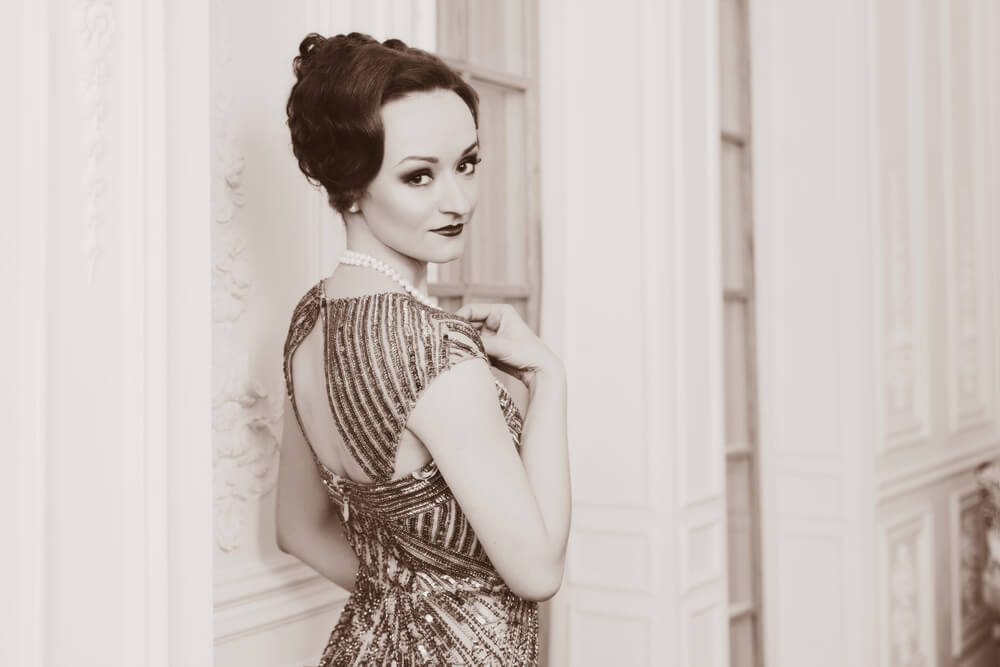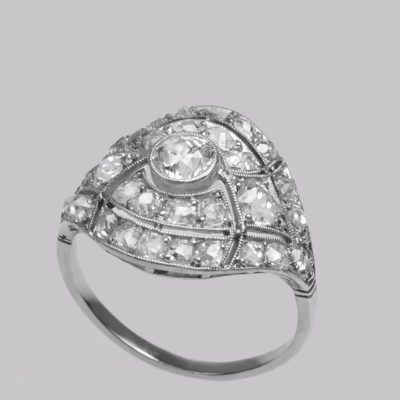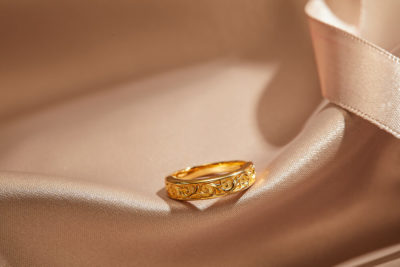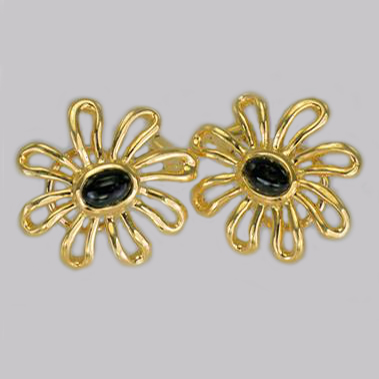
Referring to jewellery designed in the 1930s and 1940s, many historians and experts agree that the Retro period was an era influenced by changing times. The simpler, rectangular nature of jewellery of the time reflected the opinions post-World War I just as the world was still recovering from the global fallout.
Retro Jewellery History
As one might imagine, the 1930s to 1940s had depleted resources due to the Second World War. At the same time social changes were underway. The Suffragettes were at their height from the turn of the century to the thirties. Emmeline Pankhurst died in 1928. As a result of sudden change, a new sense of freedom or liberation was discovered and expressed through fashion. The jewellery of this period was able to outgrow the austerity following the war and found inspiration in the changing times with designs that often felt futuristic.
The 1930s and 1940s, or the Retro period, featured bright and bold statement pieces, often celebrated for being unique, patriotic, and resourceful.
Retro Jewellery Period – What is Retro/Cocktail Jewellery?
Retro jewellery, sometimes called ‘cocktail jewellery’, resembles a period of style and elegance influenced by World War ll. Retro or cocktail jewellery has a reputation for being bright, colourful and desirable, which was echoed in the fashion and the glossy spreads of magazines throughout the decade.
1940’s Jewellery Styles, explained
Materials
Materials like gold and precious gemstones were in a shortage due to the war, meaning synthetic gemstones often replaced real ones, and amplified colours. Diamond, sapphire and ruby were typically used in pavé and invisible settings to make the most of the stones and resources available.
Many materials including sterling silver, wood, leather, Bakelite, natural shells, plaster, and even ceramic were used to create the likes of necklaces, brooches, bracelets, ear clips, and double-clip brooches during this decade.
Popular Styles
Throughout the era, bright and bold were the two most desirable characteristics. However, other popular jewellery style trends included geometric shapes, pearls, bright glass beads, celestial shapes, dress clips and the ‘White on White’ look. Anything large, bright, and eye-catching was at the heart of Retro jewellery.
Patriotic Fashion
During the wartime period, patriotic colours and symbols were heavily popular, and many women maintained a bold bright look with their jewellery to celebrate freedom and femininity. With a great sense of unity, colour was an important symbol within fashion during the 30s & 40s and was reflected in jewellery.
Notable Jewellery to Look Out For
Star & Moon Shapes
Throughout the period, the popular motif of stars and moons were featured in jewellery. Leading designer Coco Chanel often explored star motifs in her work, incorporating the likes of celestial themes like shooting stars into the design of jewellery.
Sparkle Jewellery Styles
A prominent style of costume jewellery during the 1930s was sparkle. Amongst the top reasons sparkles became so desirable during the 1930s was the rise of moviemaking, stardom and the Hollywood system, which was often publicised in monthly magazine known as ‘the silver screen’.
Popular Designers:
Cartier
Cartier became famous in 1942 for their “Bird in a Cage” display. Appearing in their Rue de la Paix shop window, historians have observed how this later became seen as an act of defiance against German occupation. This was just one example of how jewellery and fashion could be used to express differences of opinion.
Shop Retro Jewellery at The Chelsea Bijouterie
If you’re inspired by the Retro period and have a passion for vintage designer jewellery, have a look at our collection to find a unique piece to treasure here.




